The Juneau Watershed Partnership (JWP) as part of the Southeast Alaska Watershed Coalition (SAWC) was awarded a two-year grant through the Alaska Clean Waters Actions (ACWA) Grant Program administered through the Alaska Department of Environmental Conservation (DEC) to monitor the Nancy Street wetland on Duck Creek in Juneau. The purpose of the monitoring is to collect water quality data to evaluate the effectiveness of the wetland in improving water quality conditions on Duck Creek. The first year of the project was funded at $9,997.
The project officially began July 1, 2016 with the JWP working with the DEC to develop a monitoring plan and quality assurance project plan, which ensures the integrity of our monitoring methodology and data. Water quality monitoring began Friday, April 17th and will occur every other Friday through October (pending FFY 18 funding).
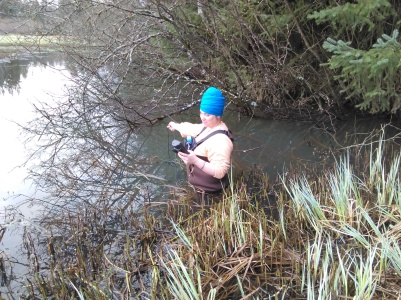
Environmental Science Intern, Christin Khalsa, collecting dissolved oxygen measurements at the Nancy St. wetland.
To complete the monitoring, the JWP and SAWC is partnering with the University of Alaska Southeast (UAS) Environmental Sciences Department to collect and analyze the water quality samples by employing an undergraduate student to do much of the work under supervision, allowing them to gain valuable experience. The student selected was Christin Khalsa, who is working on her Bachelors in Environmental Science with a minor in Math. Christin will be provided a stipend from the ACWA grant funds for her time working on the project. Drs. Eran Hood, Sonia Nagorski, and Lisa Hoferkamp have also generously donated their time and use of UAS equipment and laboratory space as part of the required grant match to accomplish this project.
This project addresses an ACWA Restoration priority. Since 1994, Duck Creek has been listed as an impaired waterbody by the DEC. In order to improve conditions, many restoration projects have been completed along Duck Creek including culvert replacement, streambank stabilizations, revegetation projects, and creation of wetlands. The Nancy Street wetland was one such project.
The Nancy Street wetland was once a gravel extraction pond, which resulted from gravel extraction from the area in the 1950s and 60s to support development of the Mendenhall Valley. In the late 1990s, the Nancy Street pond and other gravel extraction ponds (the Church of the Nazarene, Alison, and Forest Service ponds) were noted to have enhancement potential in the Juneau Wetlands Management Plan, making them a focal point for restoration efforts.
The Church of the Nazarene pond was converted into a wetland in 1998 and the Nancy Street pond followed in 2006. However, like many restoration projects throughout Juneau, little to no water quality monitoring tracked the success of the restoration of these gravel ponds. Water quality monitoring is necessary to evaluate the effectiveness of the Nancy Street Wetland restoration efforts.
Fortunately, water quality data was collected between July 2004 and March 2008 by UAS at the outflow of the Nancy Street pond prior and just after to its conversion into wetland. The same outflow site will be monitored during this project, allowing comparison of data before and after the restoration efforts. This will better inform the evaluation of the Nancy Street wetland.
The JWP will provide more information about the Nancy Street wetland monitoring efforts as the project progresses. The JWP invites neighbors with questions to email us at juneauwatersheds@gmail.com or to visit the project website at http://www.juneauwatersheds.org/programs/wetland.html.
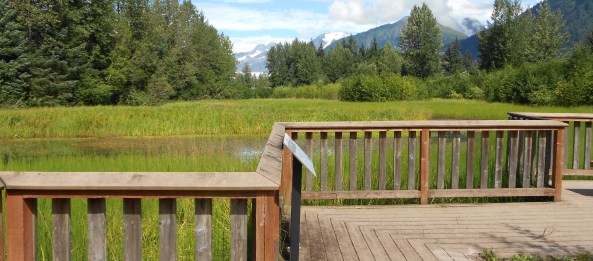
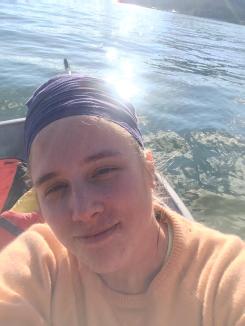
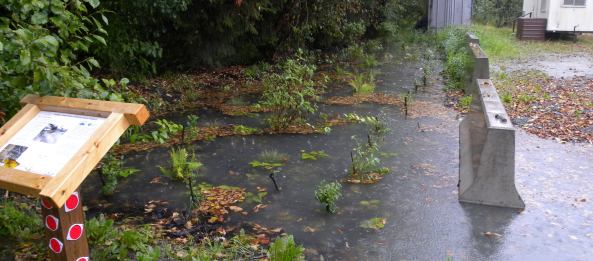
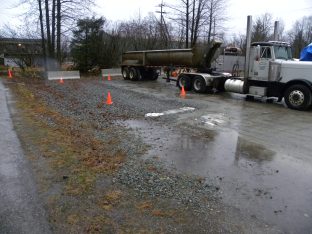
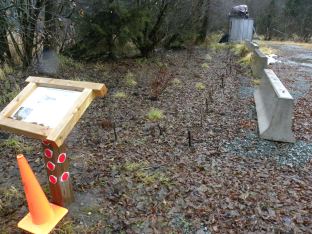
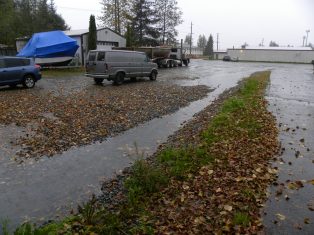
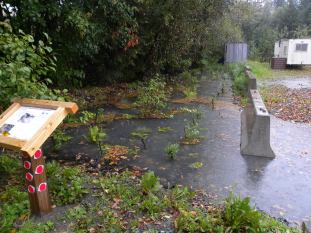
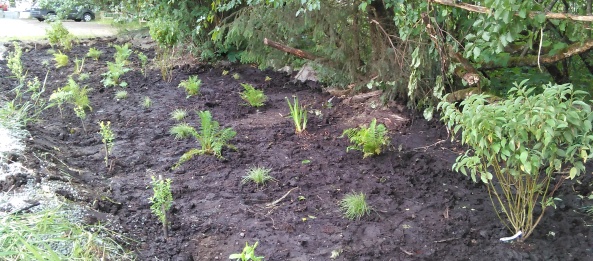
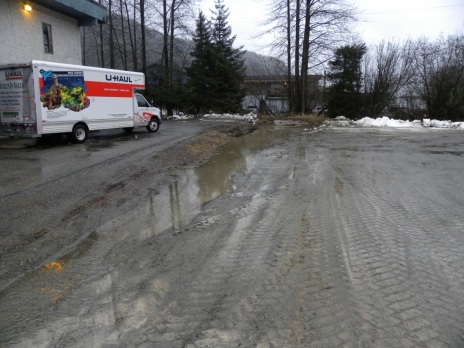


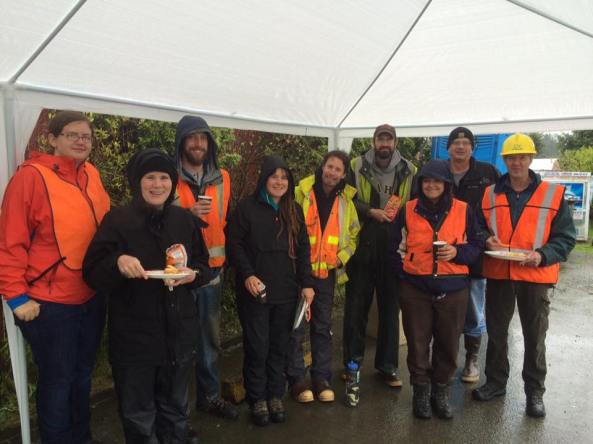 For more information about Litter Free, please see their website:
For more information about Litter Free, please see their website: 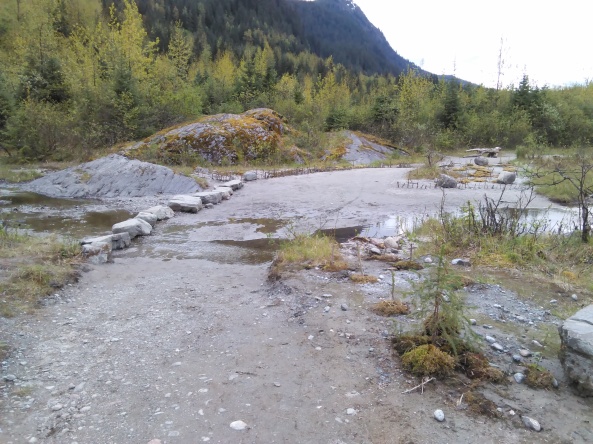 The Habitat Improvement Committee of Juneau’s Trout Unlimited (TU) chapter in cooperation with U.S. Forest Service (USFS) recently completed a restoration project on the small streams entering the East side of Mendenhall Lake, in Juneau, AK. The project consisted of the following improvements:
The Habitat Improvement Committee of Juneau’s Trout Unlimited (TU) chapter in cooperation with U.S. Forest Service (USFS) recently completed a restoration project on the small streams entering the East side of Mendenhall Lake, in Juneau, AK. The project consisted of the following improvements:


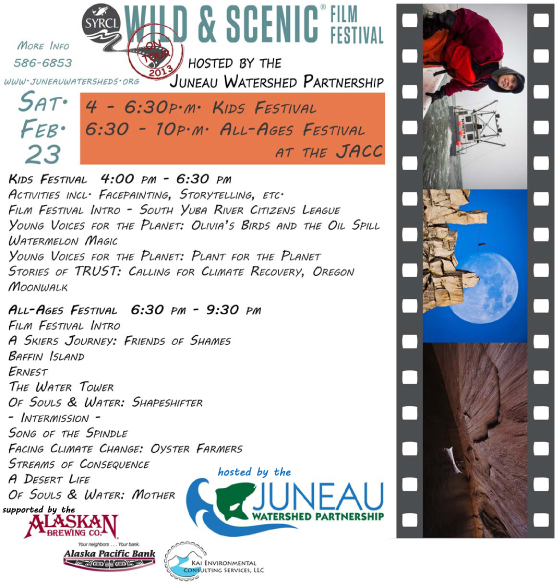
You must be logged in to post a comment.